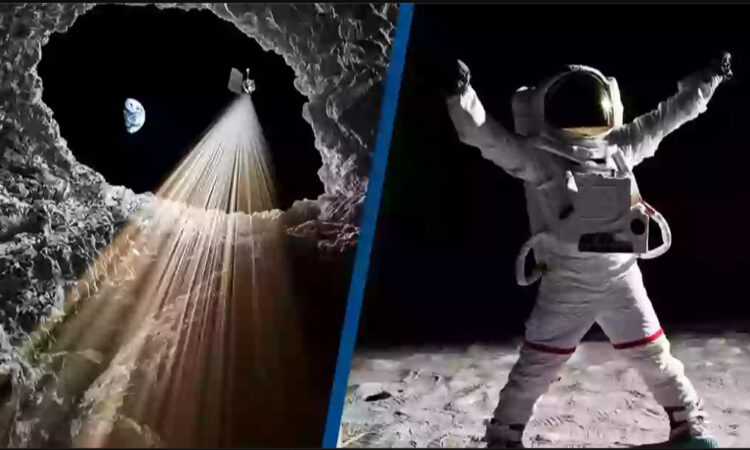
Scientists have discovered caves beneath the Moon’s surface that could be used for future space colonies. This exciting breakthrough, led by researchers from the University of Trento in Italy, suggests these caves could provide shelter for astronauts traveling through space.
The caves and tunnels, theorized about for over 50 years, were likely formed by cooling lava beneath the Moon’s surface. In 2009, scientists found a deep hole on the Moon, supporting the idea that such caves exist. Now, using data from NASA’s Lunar Reconnaissance Orbiter, which has been mapping the Moon since 2009, researchers have identified evidence of an underground tunnel in the Sea of Tranquility.
Lorenzo Bruzzone, the study’s coordinator, explained that advanced signal processing techniques helped detect radar reflections indicating an underground passage. Leonardo Carrer, the study’s lead author, called this the first direct evidence of an accessible rock tunnel on the Moon, likely an emptied lava tube.
The Moon’s surface is a harsh environment for humans, with radiation levels up to 150 times stronger than on Earth and constant meteorite threats. These caves could offer much-needed shelter for astronauts and serve as a foundation for long-term space infrastructure. However, accessing these caves might be challenging—astronauts may need to abseil in or use jet packs to exit due to their depth.
This discovery is a significant step toward making lunar colonies a reality, offering a potential solution for protecting astronauts and supporting future space exploration.





